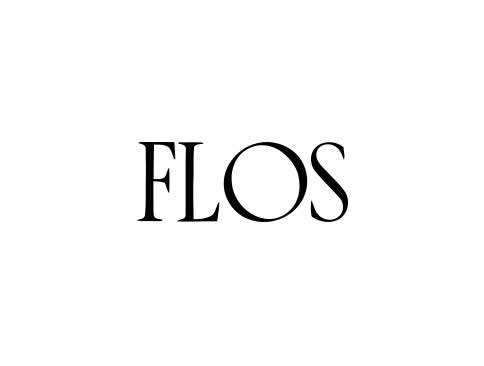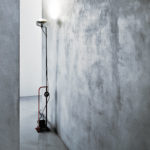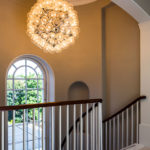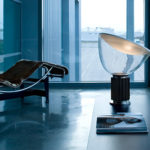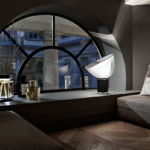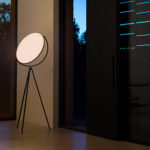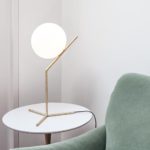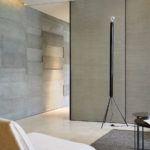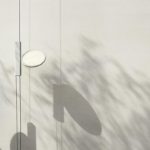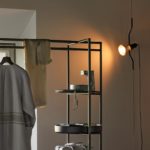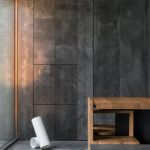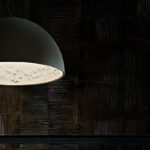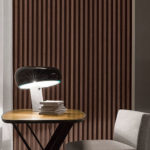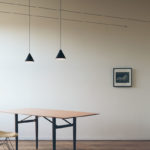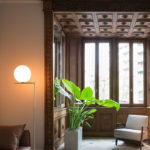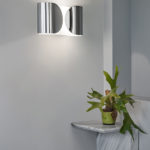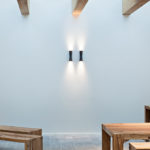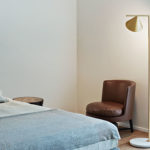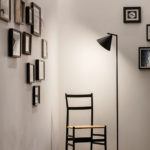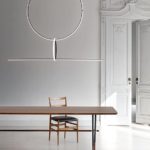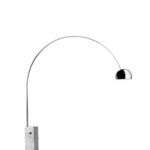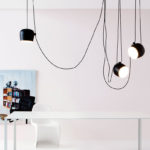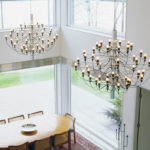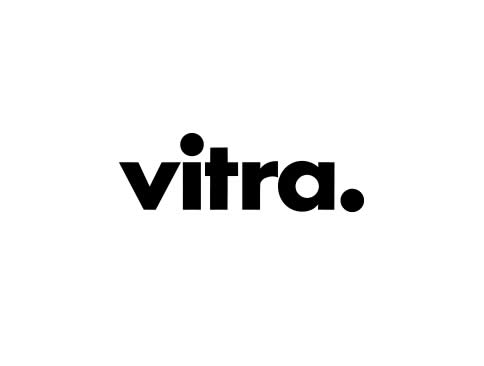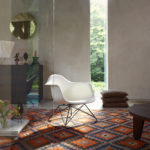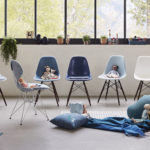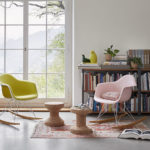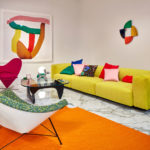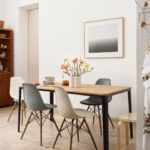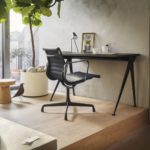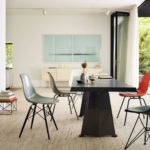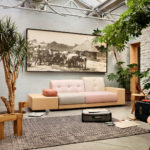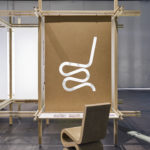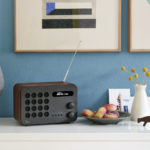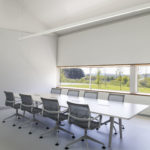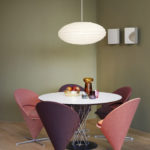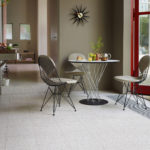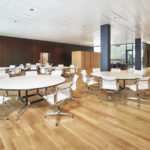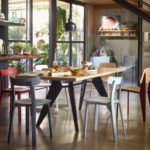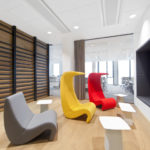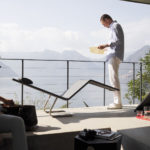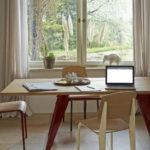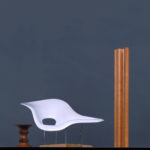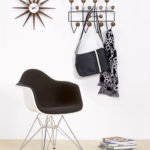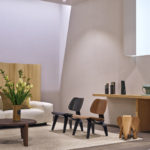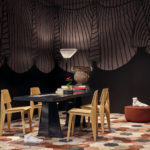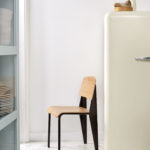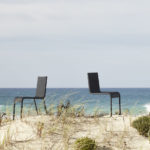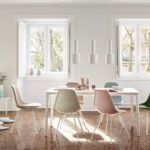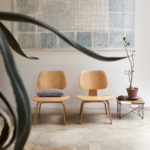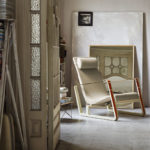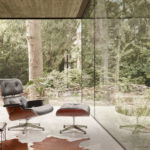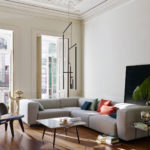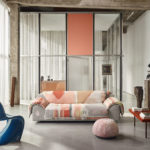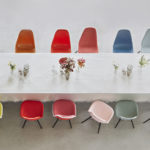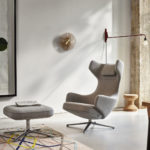For fifty years Flos has created objects of light and ignites generations of dreams, it was born in 1962 in Merano by the will of Dino Gavina, genius of Italian design and great discoverer of talents.
For Flos, light is the material with which to express new ideas and illuminate unexplored emotions.
The company philosophy can be summarized in these passages: “We write the future, reading our past and expressing today, in a continuity of concrete challenges and bold choices that have shaped our image and identity. Our history has taught us to keep the fire of provocation alive with the search for new poetics of functionality ”
Following instinct has always allowed Flos to create products that become icons, invent types and set new archetypes.
The design paths are many: to identify with the masters of design, such as the Castiglioni or Gino Sarfatti brothers, who sign some of the most famous design lamps in the world such as Arco, Taccia, Toio …, but also to continuously discover new talents. In fact, all the most interesting personalities in the world of design collaborate or have collaborated with Flos: from Philippe Starck to Marcel Wanders, from Jasper Morrison to the Bouroullec brothers, from Michael Anastasiades to Nendo to name just a few. The strengths of the brand, which always place it at the forefront, are manifold, among them, a rare element for a contemporary design company: having great technical and technological authority and being part of mass culture.
Experimentation has allowed Flos to adopt revolutionary materials, such as in the past the cocoon, with which it developed the first lamps of the Castiglioni brothers, and more advanced technological solutions, represented today by OLED and sustainable materials.
Precisely for these reasons, inventing new languages ??around light means for the company to indicate new aesthetics and freedom of life, never forgetting, in the lamps of yesterday and today, to take seriously game and irony.
On the fine line that divides and unites art from design, artisanal production from industrial production, the limited series from the large-scale one, the individual’s thought from the collective one: This is where Flos is and it is there that we can find it. The Flos catalog is divided into different sectors to satisfy all the needs regarding light: a decorative part, including home lamps designed by the most famous designers, a technical part, for high-definition lighting systems for public spaces, and finally a part dedicated outside to illuminate, according to the same aesthetic and technical characteristics, terraces, gardens, swimming pools, streets, squares …
